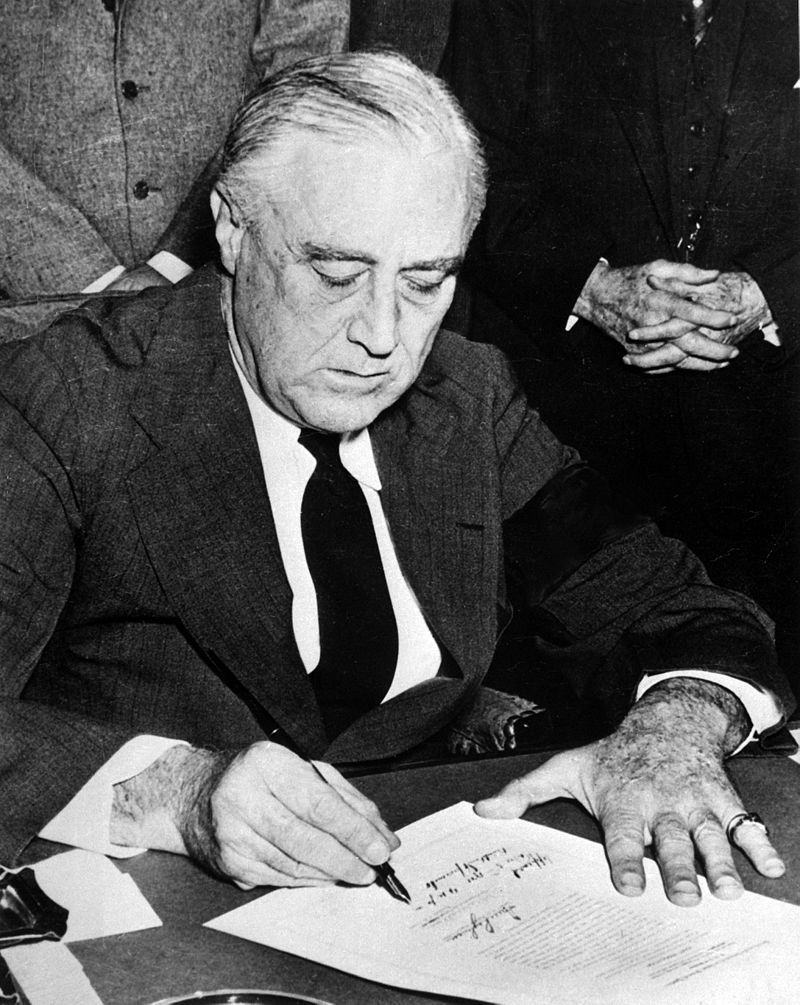
World War II: Pearl Harbor: Franklin D. Roosevelt Presidential Papers
$9.90
Description
Pearl Harbor: A Timeline and Cast of Characters
Timeline of Events
- January 21, 1941: President Franklin D. Roosevelt writes a letter to Ambassador Joseph C. Grew, asserting that the conflicts in Europe and the growing Japanese threat in the Pacific are part of a single global conflict.
- April 4, 1941: Treasury official Harry Dexter White sends a memo to Treasury Secretary Henry Morgenthau outlining the tension between the Navy (concerned about Japanese oil reserves and preparedness) and the State Department (hoping free trade would prevent war by avoiding confrontation).
- July 15, 1941: Army Chief of Staff General George C. Marshall sends a memo to FDR, summarizing an intercepted Japanese message indicating Japan’s imminent takeover of Indo-China. This action leads to the U.S. imposing economic sanctions, including an oil embargo, against Japan.
- December 1, 1941: President Roosevelt sends a memo to Secretary of State Cordell Hull and Under Secretary of State Sumner Welles, expressing concern about the Japanese troop buildup in Indo-China. He directs his diplomats to ascertain the intentions behind the move, noting parallels to German actions in Europe.
- December 7, 1941 (Early Morning): The Department of the Navy sends a message to President Roosevelt informing him of the attack on Pearl Harbor. Roosevelt notes the date and time he received the message.
- December 7, 1941 (Following Pearl Harbor Attack): A cabinet meeting takes place at the White House. According to a diary entry by Claude Wickard, there was conflict between President Roosevelt and Secretary of State Cordell Hull over the length of the President’s upcoming address to Congress. The meeting with Congressional leaders afterwards was described as “explosive”.
- December 8, 1941: President Roosevelt delivers his “Day of Infamy” speech to Congress. An earlier draft of the speech reveals the famous line “a date which will live in infamy” was originally “a date which will live in world history.”
- December 7-9, 1941: The FBI, under the direction of J. Edgar Hoover, arrests 1,212 Japanese aliens considered disloyal or dangerous within 48 hours of the Pearl Harbor attack. Additionally, 620 German and 98 Italian aliens were taken into custody. FBI Director Hoover sends a letter and accompanying maps showing these arrests to FDR on December 10th.
Cast of Characters
- Franklin D. Roosevelt (FDR): President of the United States during World War II. He perceived the European and Pacific conflicts as a unified world conflict. He directed diplomatic efforts, imposed economic sanctions on Japan, and delivered the “Day of Infamy” speech. He was directly involved in discussions with his cabinet and in receiving messages from various departments including the Navy.
- Joseph C. Grew: U.S. Ambassador to Japan. He received correspondence from President Roosevelt outlining his understanding of the growing world conflict.
- Harry Dexter White: Department of the Treasury official. His memo highlighted the conflict between the Navy and State Department over how to deal with Japan and the potential for war.
- Henry Morgenthau: Secretary of the Treasury. Received the memo from Harry Dexter White outlining the State Department and Navy tensions.
- George C. Marshall: Army Chief of Staff. He provided President Roosevelt with information about intercepted Japanese messages regarding their takeover of Indo-China which informed key policy decisions from the president.
- Cordell Hull: Secretary of State. He had disagreements with FDR about the length of the “Day of Infamy” speech, reflective of the divisions within the executive branch on dealing with the attack.
- Sumner Welles: Under Secretary of State. He was directed by Roosevelt to find out the intentions of the Japanese government after the buildup in Indo-China.
- Claude Wickard: Cabinet member. His diary provides an account of the discussions that took place at the White House after the Pearl Harbor attack, including the conflict between the President and Secretary of State.
- J. Edgar Hoover: Director of the FBI. He organized the arrests of potentially dangerous Japanese, German, and Italian aliens following the Pearl Harbor attack and provided this information to FDR.
World War II: Pearl Harbor: Franklin D. Roosevelt Presidential Papers
This collection contains significant documents from President Franklin D. Roosevelt and his administration concerning the Pearl Harbor attack. It also includes materials about the government’s discussions leading to the internment of Japanese Americans.
Among the important items are:
A letter dated January 21, 1941, from Roosevelt to Joseph C. Grew, the US Ambassador to Japan, where the President expresses his view that the European war and Japan’s increasing aggression in the Pacific were connected parts of a global conflict.
A memo from April 4, 1941, written by Treasury official Harry Dexter White to Secretary of the Treasury Henry Morgenthau, which reveals the conflict between the Navy, worried about Japan’s oil stockpile and the need to protect the US, and the State Department, which hoped that open oil trade would prevent war by avoiding direct conflict with Japan.
A July 15, 1941 memo to FDR from General George C. Marshall, the Army Chief of Staff, which summarizes a captured Japanese diplomatic message about Japan’s impending takeover of Indo-China (Vietnam) from the French Vichy government. Japan’s move into Indo-China led FDR to impose economic sanctions, eventually cutting off all oil exports to Japan.
A memo from December 1, 1941, from FDR to Secretary of State Cordell Hull and Under Secretary of State Sumner, shows that after discovering a large Japanese troop buildup in Indo-China, the President directed his leading diplomats to quickly investigate the reasons behind Japan’s latest actions. FDR also points out the clear similarities between Japan’s activities in the Pacific and Germany’s actions in Europe. Here are the paraphrased sentences:
A message from the Navy Department, dated early December 7, 1941, was sent to President Roosevelt to notify him about the attack; Roosevelt himself wrote down the date and time he received it.
Claude Wickard, a cabinet member, recorded in his diary on December 7, 1941, the discussions that occurred at a White House cabinet meeting after the Pearl Harbor attack. Wickard describes a disagreement between President Roosevelt and Secretary of State Cordell Hull regarding the length of Roosevelt’s planned speech to Congress, later known as the “Day of Infamy” speech, as well as a heated meeting with Congressional leaders afterward.
The “Day of Infamy” speech, includes both the final version and an earlier draft with many handwritten edits and changes, revealing the evolution of one of the most well-known American speeches of the 20th century. The initial draft shows that the famous line was originally, “A date which will live in world history,” but was later changed to “A date which will live in infamy” based on a suggestion from an aide.
A letter and maps sent to FDR by FBI director J. Edgar Hoover on December 10, 1941, detailed the locations of 1,212 Japanese aliens who the Bureau considered disloyal or dangerous and arrested within two days of the Pearl Harbor attack. Additional maps showed the locations where 620 German and 98 Italian aliens were also detained.
Related products
-
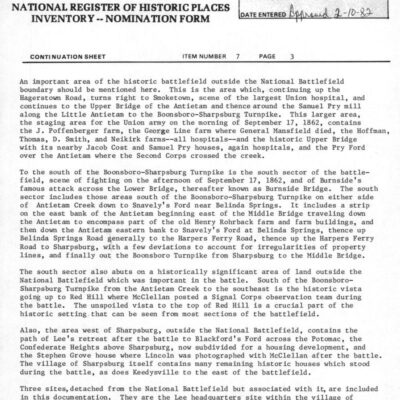

Civil War: Battle of Antietam (Sharpsburg) – National Park Service Archives
$9.99 Add to Cart -
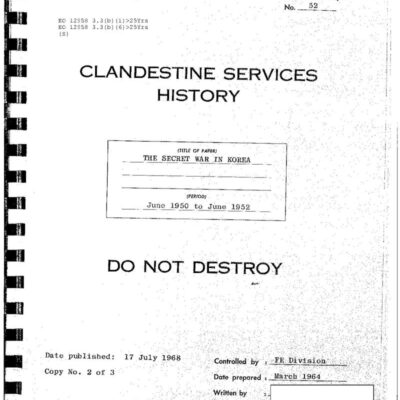
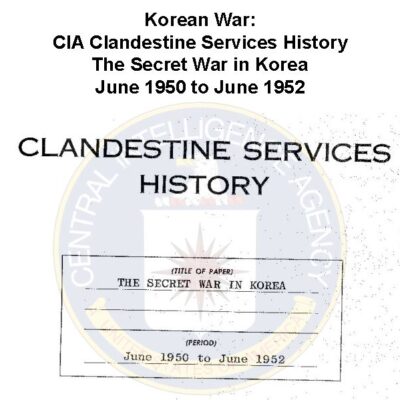
Korean War: CIA Covert Operations History – The Secret Conflict in Korea
$3.94 Add to Cart -
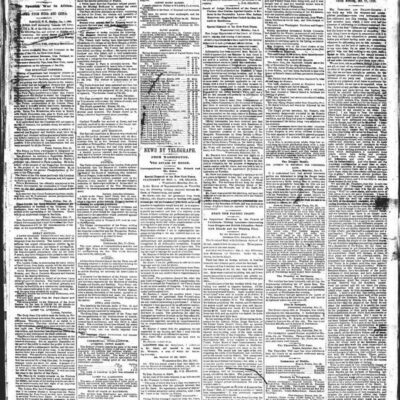
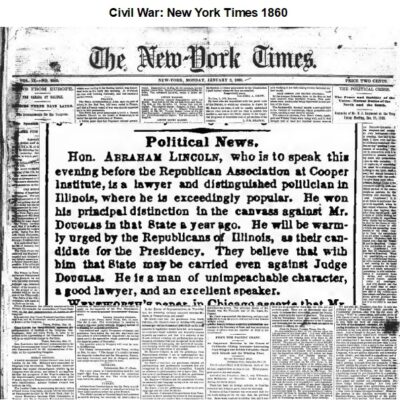
Civil War: New York Times 1860
$9.90 Add to Cart -
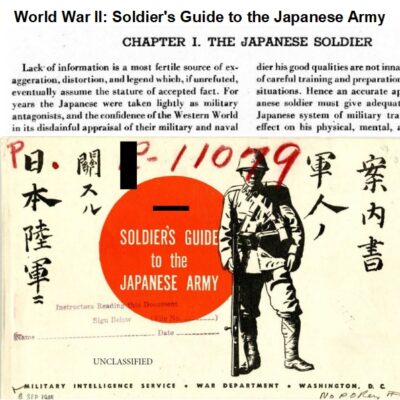

World War II: A Soldier’s Handbook on the Japanese Army
$3.94 Add to Cart